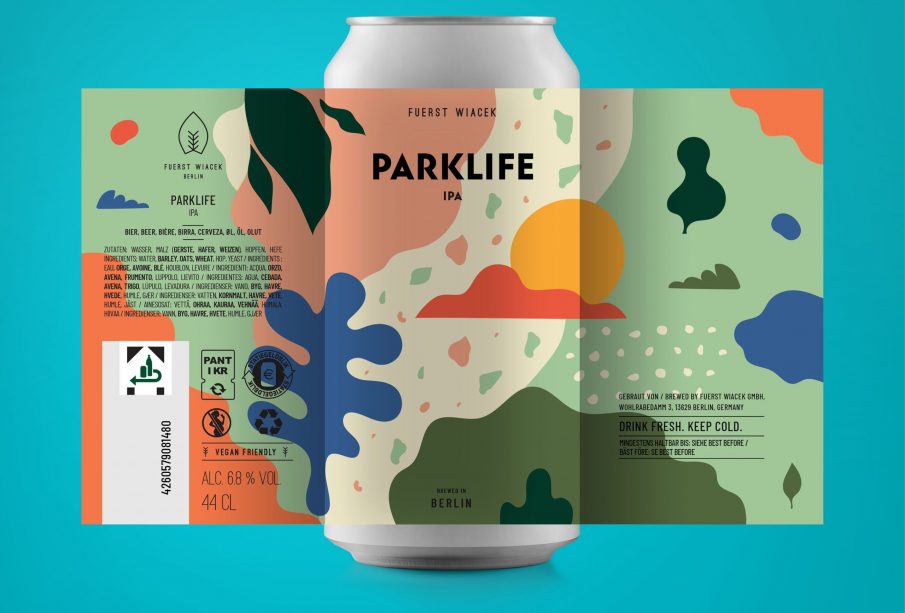Understanding Parklife and Its Impact on Urban Communities

The Significance of Parklife in Urban Areas
Parklife refers to the quality and availability of green spaces in urban settings, promoting both recreational activities and community engagement. With the ongoing urbanisation and increasing population densities in cities, the relevance of green spaces has become a critical talking point among urban planners, local governments, and communities. Urban parks serve as the lungs of a city, providing essential environmental benefits while enhancing the quality of life for residents.
Current Initiatives and Benefits
In recent months, several cities across the UK have undertaken initiatives aimed at improving existing park facilities and creating new green spaces. For instance, Birmingham recently announced a £3 million investment aimed at revitalising local parks, increasing access to nature, and providing educational programs about biodiversity. Meanwhile, London has implemented new policies to transform underutilised spaces into vibrant parks, featuring artwork and community gardens.
The benefits of these initiatives extend far beyond aesthetics. Studies show that access to green spaces is linked to improved mental health, physical activity, and even social interaction among community members. Areas with abundant parks report lower levels of stress and higher levels of overall wellbeing. Moreover, parks can also contribute to environmental sustainability by supporting wildlife habitats and improving air quality.
Challenges and Future Directions
Despite the positive trend towards enhancing park facilities, challenges remain. The rising cost of land in urban areas often restricts the development of new green spaces, and maintaining existing facilities can be financially burdensome for local councils. Advocacy groups are calling for innovative strategies to fund park upgrades, highlighting potential partnerships with private enterprises and community volunteers.
Looking towards the future, the focus on parklife is expected to intensify. With climate change and urban development at the forefront of discussions about sustainability, the role of parks in urban areas will likely become even more crucial. The government has also announced plans to increase the availability of green spaces in newly developed areas as part of its long-term urban planning strategy.
Conclusion
In summary, parklife serves as a vital element for enhancing urban living environments. By investing in green spaces, cities not only promote environmental health but also foster community spirit and individual wellbeing. As cities continue to grow, the challenge will be to maintain these green spaces and ensure they are accessible to all residents, making urban life more enjoyable and sustainable.









